Beyond the Tool: Learning to Play AI
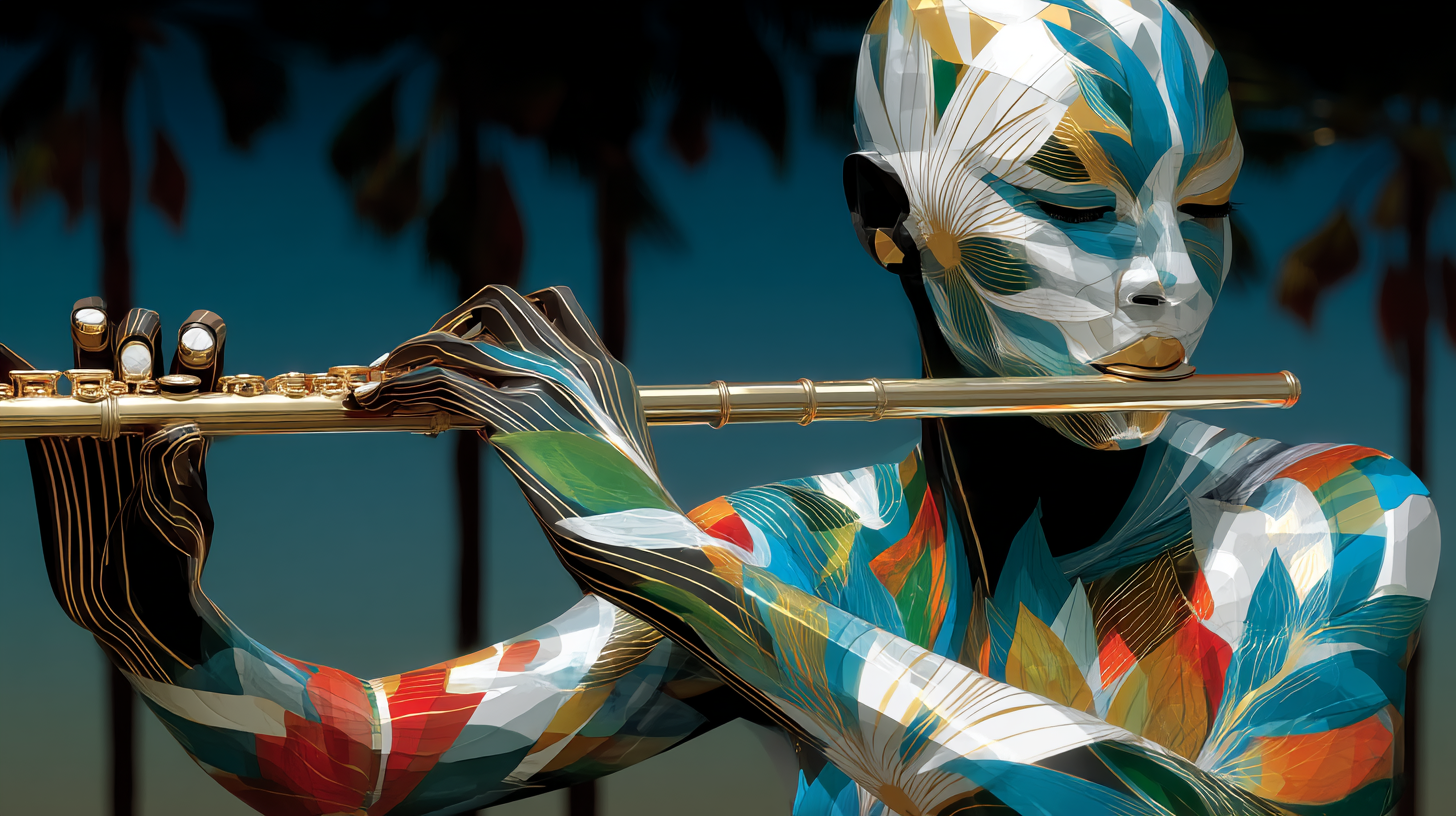
I’ve lost count of how many times I’ve heard AI being referred to as a tool over the past few months, but this oversimplification misses the point.
The way we talk about artificial intelligence shapes how we use it, and the conversation around AI often gets stuck in a groove. While we continue to debate about whether it will replace us, augment us, or collaborate with us, buried beneath these grand narratives lies a more fundamental question about how we relate to the technology itself.
Most people approach AI like a hammer or a calculator: something they pick up, use for a specific task, and then put back down. But that's precisely why so many people feel frustrated with AI's outputs. What if the secret to unlocking AI's true potential lies in a completely different mindset that treats AI less like a tool and more like an instrument?
When Tools Become Instruments
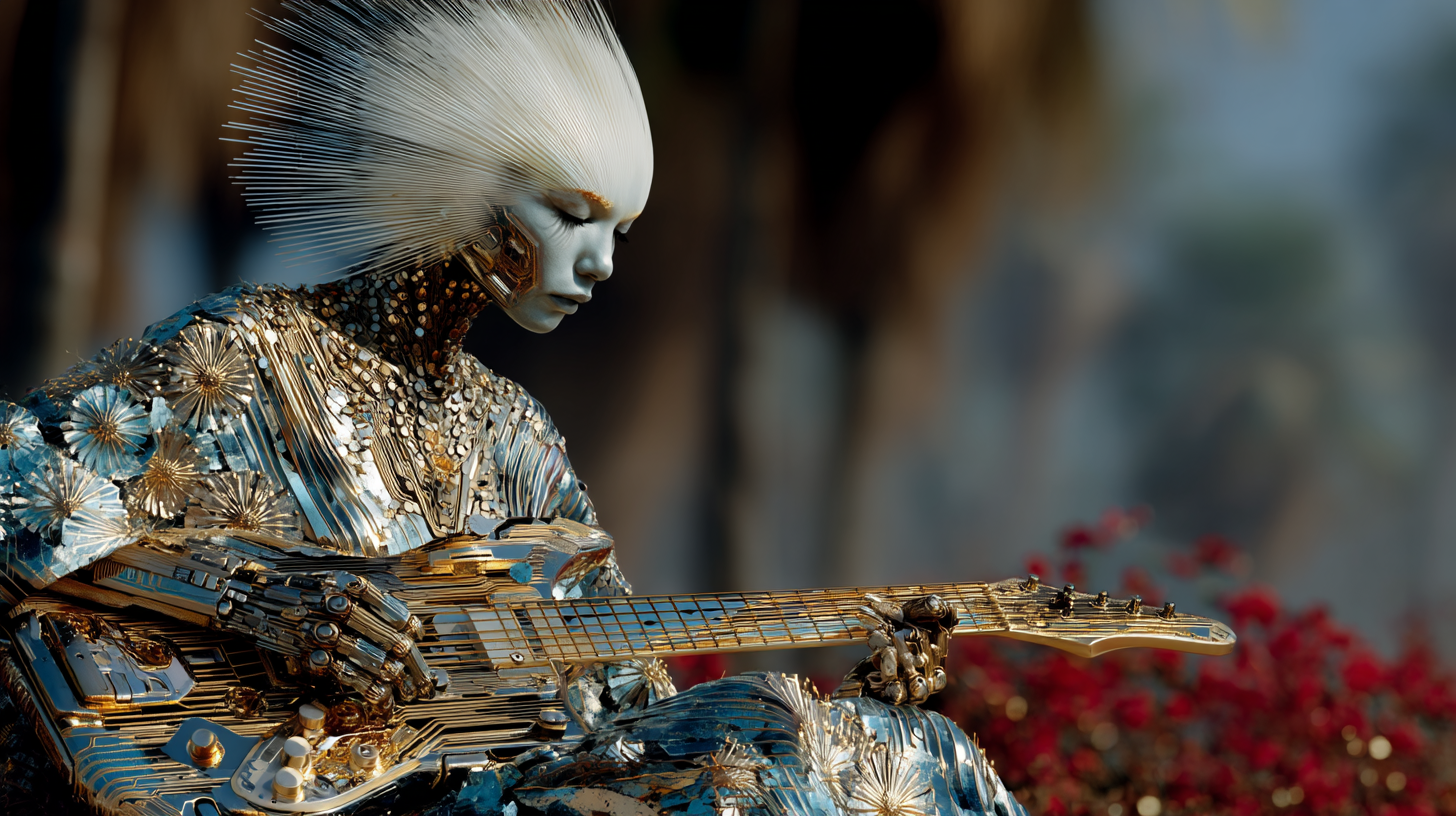
The difference between a tool and an instrument isn't just semantic, it's transformational. A tool exists to complete a specific task efficiently, whereas an instrument becomes an extension of your creative intent, shaped by your skill, your touch, and your vision. Once you’ve learned how to use a hammer, that knowledge transfers to every nail you'll ever hit. But an instrument? That's something else entirely.
Using an instrument well requires style, technique, and even a philosophy. It demands time, practice, repetition, and experimentation. Most importantly, an instrument offers what tools cannot: exponential customization and personalization. The closer your relationship with an instrument becomes, the more it responds to your unique expression.
Think about a guitar. Anyone can strum a few chords, and maybe even stumble through a simple song, but if you want to create something beautiful—something that moves people—you need to master it as an instrument. The same principle applies to generative AI, whether it's to generate text, images, music, or code. The problem is that most people expect to use AI like a tool while wanting results that only come from treating it like an instrument.
This mismatch creates frustration. When someone types a basic prompt into ChatGPT and gets a generic response, they blame the technology. But a master guitarist doesn't blame their instrument when a beginner's chord sounds cliché.
The Artist's Revelation
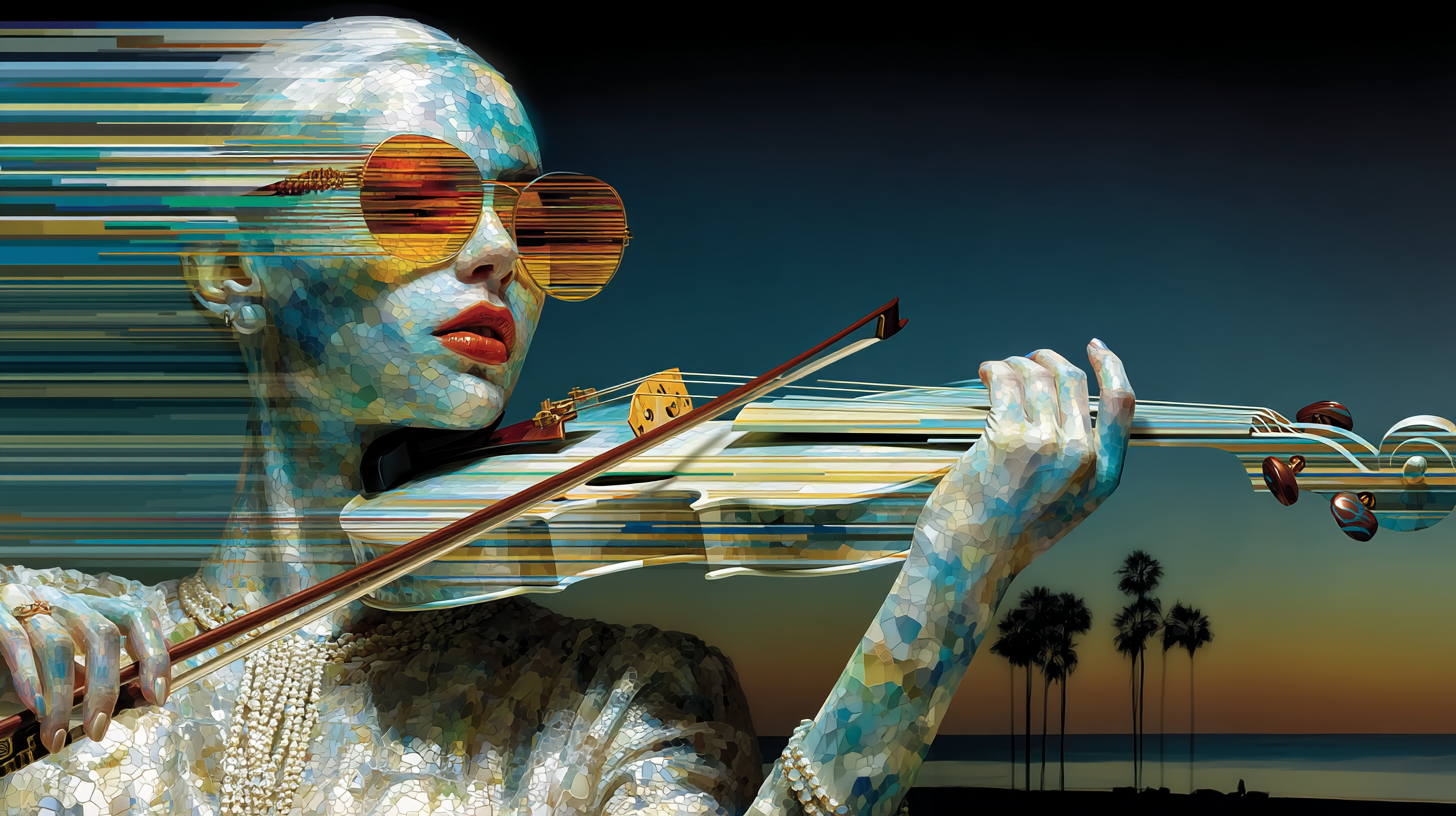
Artist Sougwen Chung has spent years integrating AI into their creative practice, and their perspective is illuminating. Rather than viewing AI as a threat to human creativity, they treat it like a violin or paintbrush—another instrument in their creative toolkit. Through this lens, AI becomes an extension of artistic expression, one that responds to skill, intuition, and creative vision.
This reframing is important for anyone working in creative fields. Instead of seeing AI as competition, artists need to approach it as they would any new instrument: with curiosity, patience, and a commitment to developing mastery over time. The joy and satisfaction that come from playing music—the flow state when technique enables expression—can emerge from working with AI too.
But this requires a fundamental shift in expectations. When synthesizers, drum machines, and samplers first appeared in music, many either dismissed them as inauthentic toys or saw them as threats to "real" musicianship. Then, once a few innovative and resourceful musicians began exploring these technologies as instruments, rather than mere tools, entirely new genres and forms of expression emerged.
The Mastery Paradox
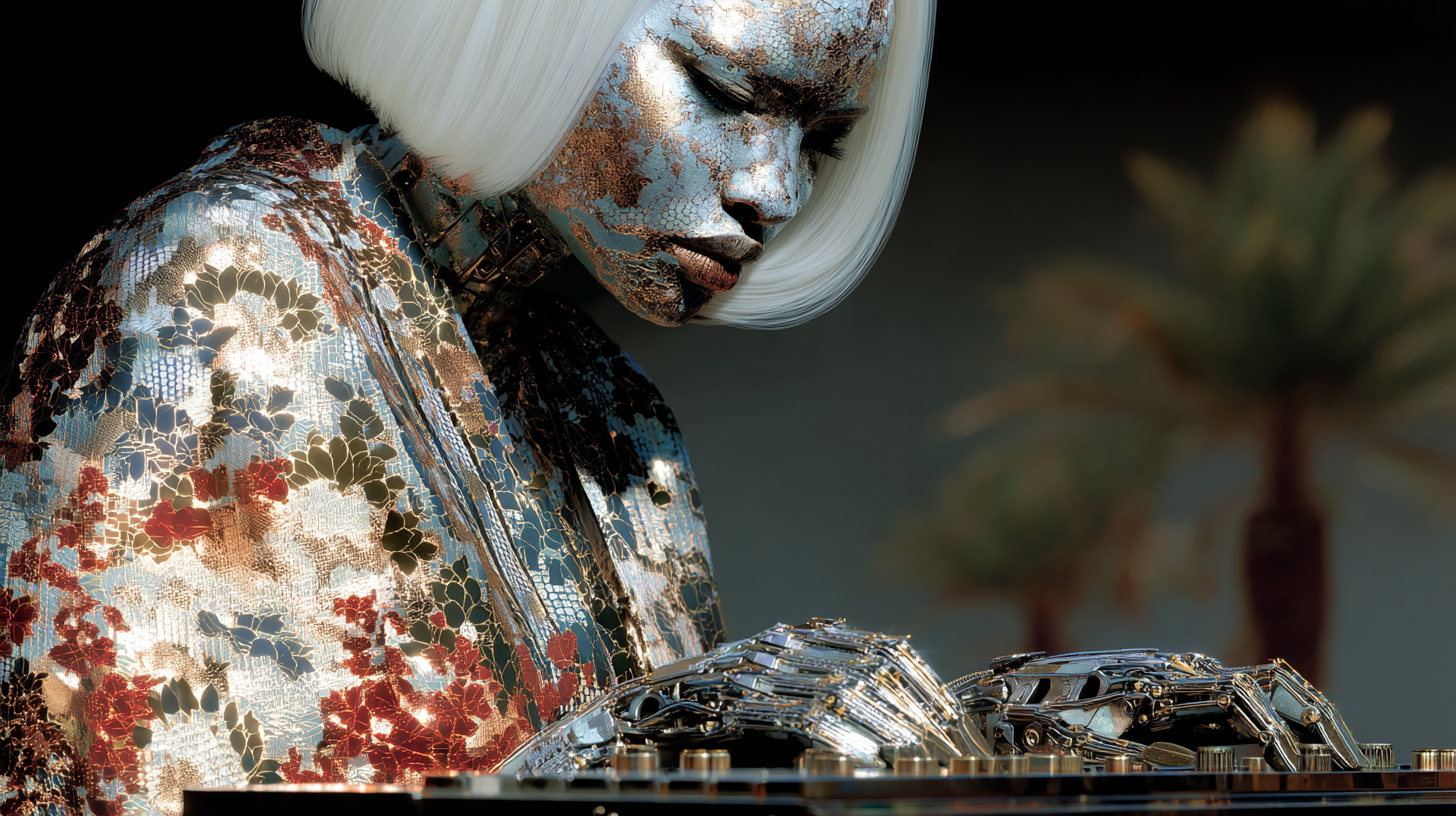
Here's what most people don't want to hear: developing genuine skill with AI takes time. Real mastery comes through experimentation, repetition, and yes, plenty of failures. It means pushing past the initial frustration when outputs don't match your vision. It means developing an intuitive sense for how different approaches yield different results.
This process can't be rushed, and it can't be automated. Despite what some might claim about seamless "human-AI collaboration," researcher Advait Sarkar argues that such narratives obscure the substantial human effort required to make AI systems work effectively. The polished demos and success stories often hide the messy reality of learning to work with these systems.
But for those willing to invest in practice, something remarkable happens. Unlike tools, which have fixed capabilities, instruments reward deeper engagement with exponential possibilities. A master pianist doesn't just play notes—they develop a distinctive style that emerges from the unique intersection of their technique, musical knowledge, and creative vision.
The same potential exists with AI. Experienced practitioners develop signature approaches, distinctive ways of prompting, iterating, and refining that reflect their domain expertise and aesthetic sensibilities. They achieve what we might call a "closer union of expression" where the technology becomes transparent, serving their intent rather than constraining it.
The Transformation Moment
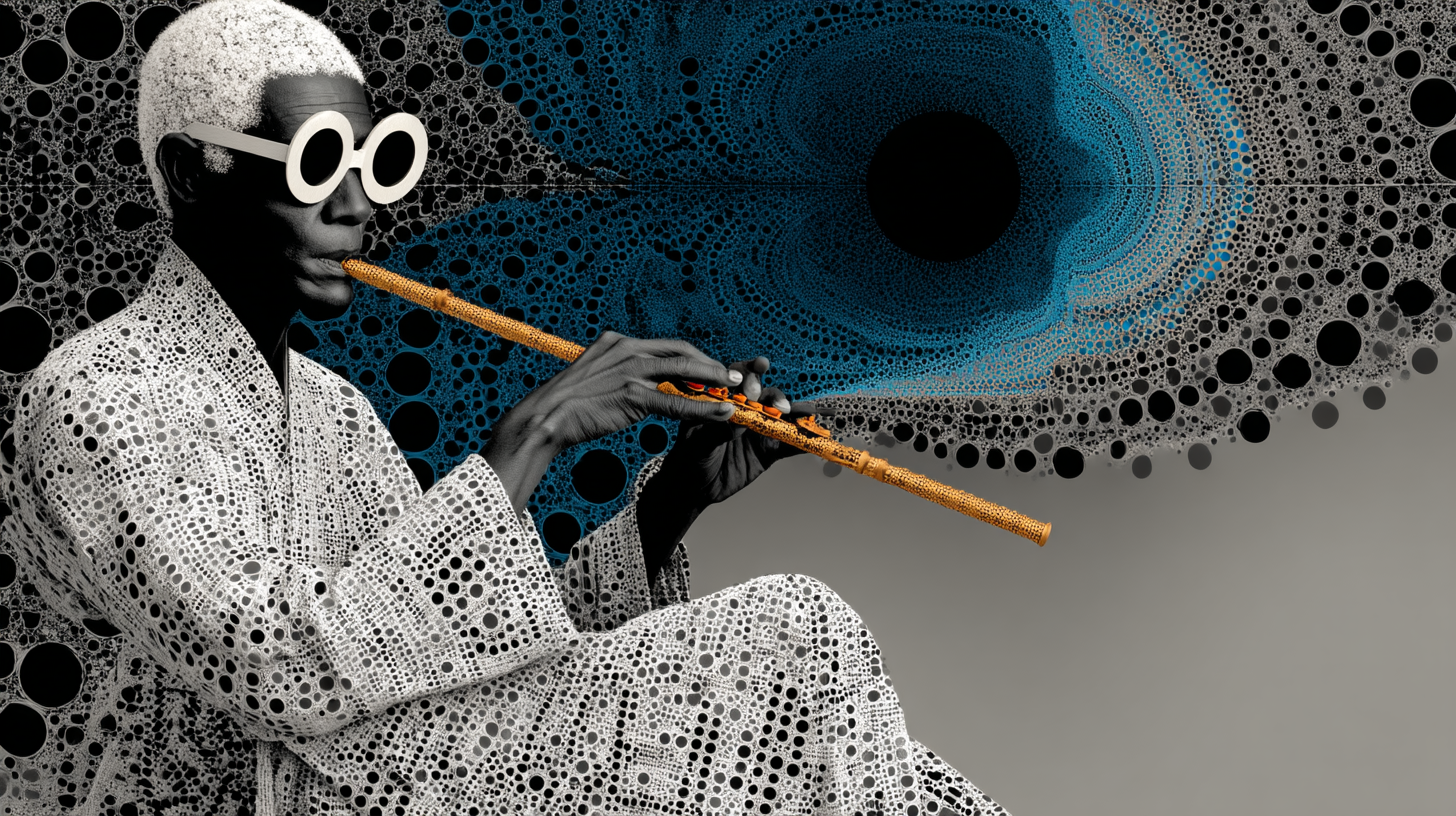
When does a tool become an instrument? Certainly not the first few times you use it, and definitely not while under pressure to get something done quickly. It typically happens in those unstructured moments when you have time to explore without deadlines, motivated by curiosity rather than deliverables. These are the conditions where experimentation flourishes, where happy accidents become techniques, and where proficiency develops into artistry.
Many people prefer to think of AI as a tool because it's easier. It promises immediate results without investment. But every now and then, when someone has the time and interest to dig deeper, when they're unbound by deadlines and motivated by the pursuit of joy, satisfaction, or pure learning, that's when a tool can become an instrument for those looking for one.
This transformation mirrors how we learn any complex skill. Nobody expects to master chess by reading the rules or become a painter by buying brushes. Yet with AI, we often expect immediate mastery without acknowledging the learning curve involved.
The Power Dynamics

Not everyone views AI through this optimistic lens, and their concerns deserve attention. Scholars Matteo Pasquinelli and Vladan Joler present AI as an "instrument of knowledge extractivism," essentially a system that systematically captures and exploits human knowledge, transforming our collective intelligence into a resource for automated processing.
This perspective highlights a crucial tension. While AI can serve as a creative instrument for individuals, it also functions as an instrument of power for those who control its development and deployment. The same technology that enables personal expression also enables surveillance, manipulation, and control.
But this duality doesn't negate the instrument metaphor—it enriches it. Musical instruments have always carried political and social dimensions. Who gets to play? Who gets heard? Whose traditions are preserved or erased? The democratization of AI access mirrors earlier struggles over who could afford and get access to instruments, formal training, and performance or distribution platforms.
Even in public service applications, where AI serves as "an instrument to improve the quality of public service," questions remain about who defines "improvement" and whose interests are ultimately served.
The Agency Question
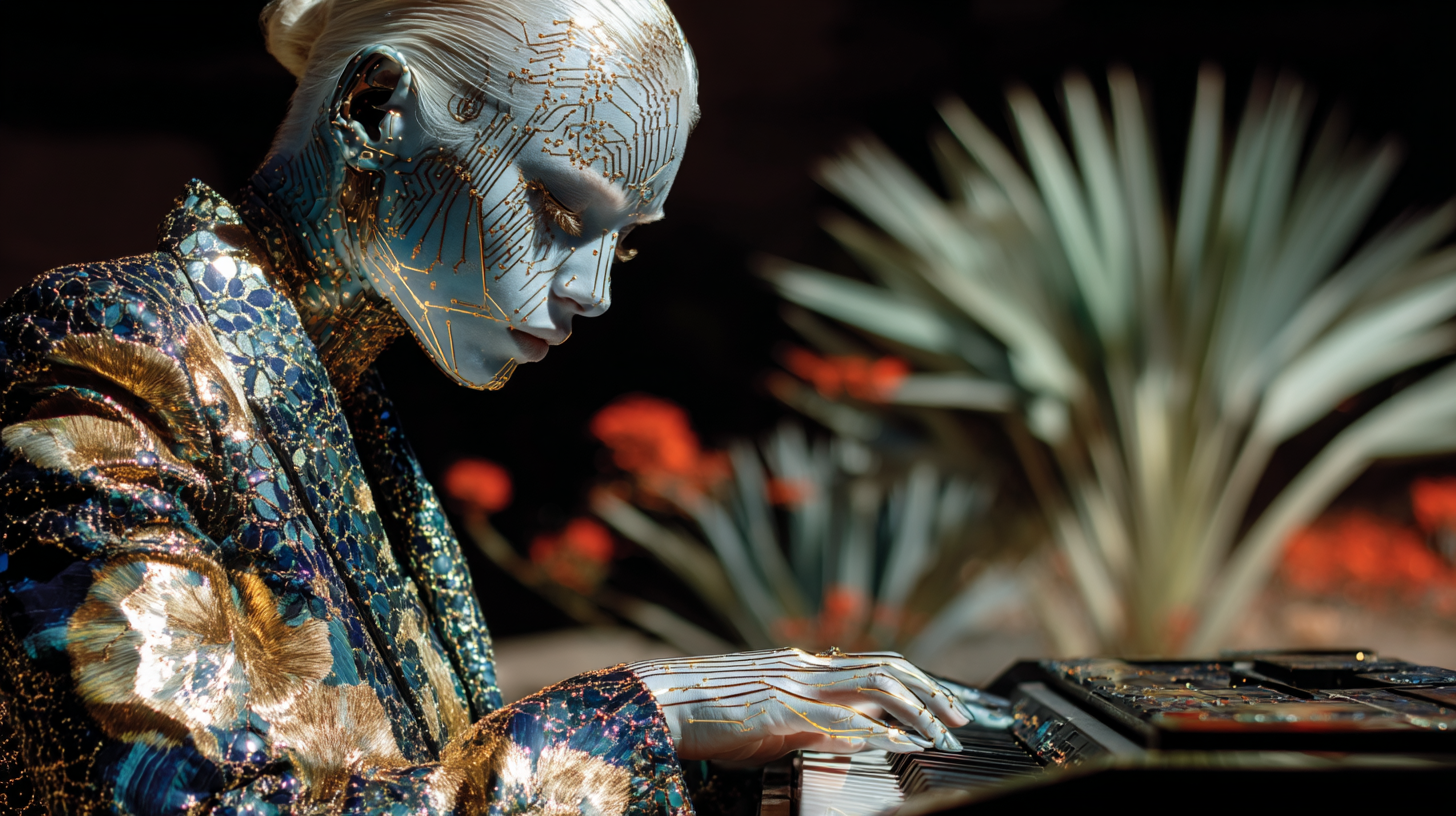
Some thinkers frame this as a fundamental question: Is AI an instrument under human control, or is it evolving into something more autonomous—a "creature" with its own agency? This philosophical debate touches on deep questions about consciousness, intentionality, and control. And as we continue to develop and deploy more capable agentic AI systems, and they become more prevalent in business and in our personal lives, this question will become more relevant.
But perhaps this framing misses the point. The most interesting question today isn't whether AI has agency, but how human agency changes when mediated through these systems. A violin doesn't have agency, but it certainly shapes the music that emerges from the interaction between player and instrument.
Implications for Culture and Society
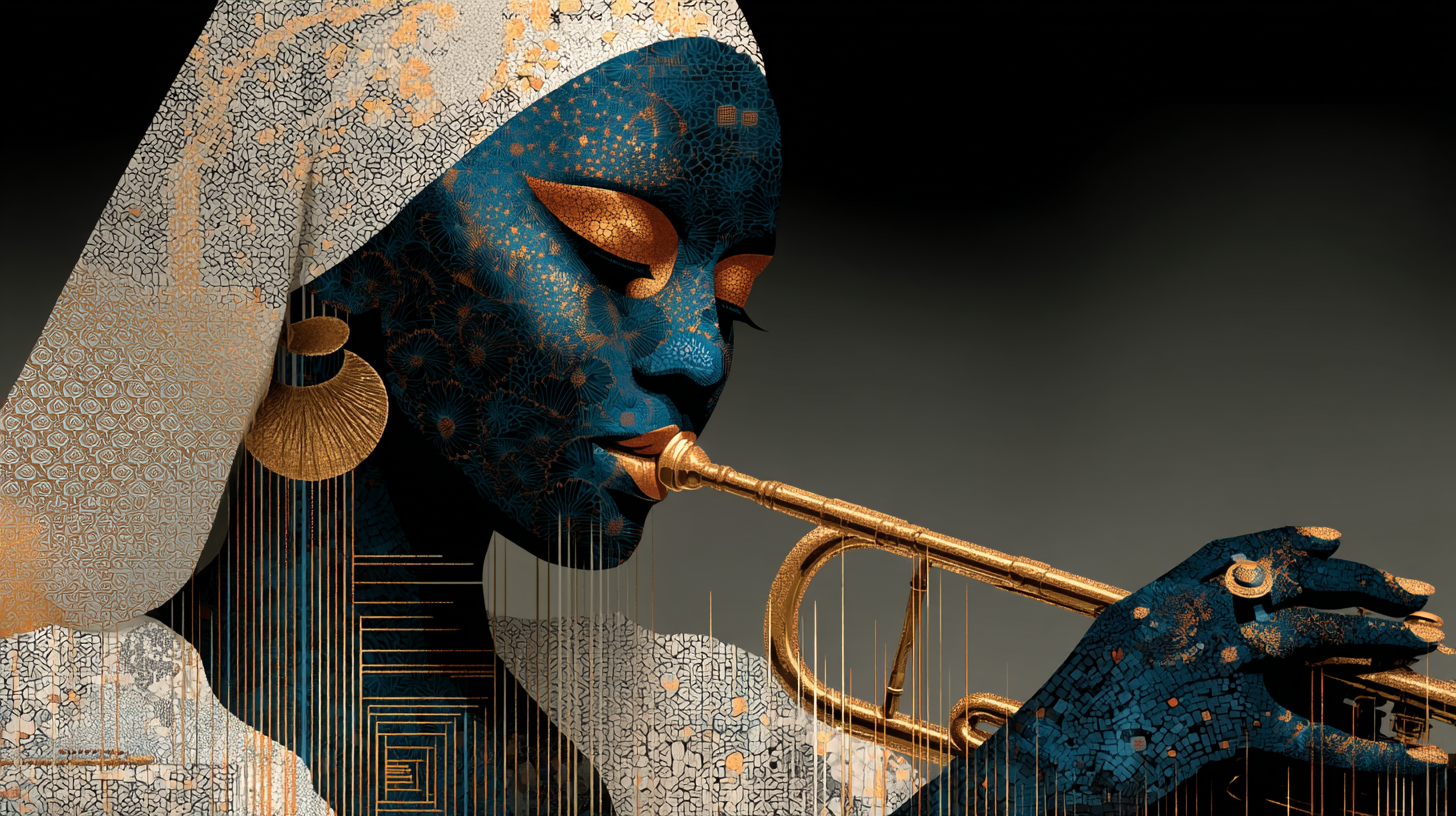
If we accept that AI functions more like an instrument than a tool, several implications follow. First, we need to rethink education around AI systems. Instead of focusing solely on prompt engineering or technical specifications, we might develop curricula that emphasize practice, experimentation, and creative exploration—not to mention ethics.
Second, we should expect to see the emergence of distinct schools or styles of AI use, just as we see in music or visual arts. Different practitioners will likely develop signature approaches that reflect their backgrounds, interests, and aesthetic sensibilities. We are likely on the cusp of another renaissance or "new wave" of creativity.
Third, the democratization of AI access becomes even more significant. Just as affordable instruments expanded musical participation beyond elite conservatories, accessible AI tools could democratize forms of expression and analysis previously available only to specialists and professionals.
But this also means that the digital divide will evolve. The gap won't just be between those who have AI tools and those who don't, but between those who develop mastery and those who remain casual users.
The Path Forward
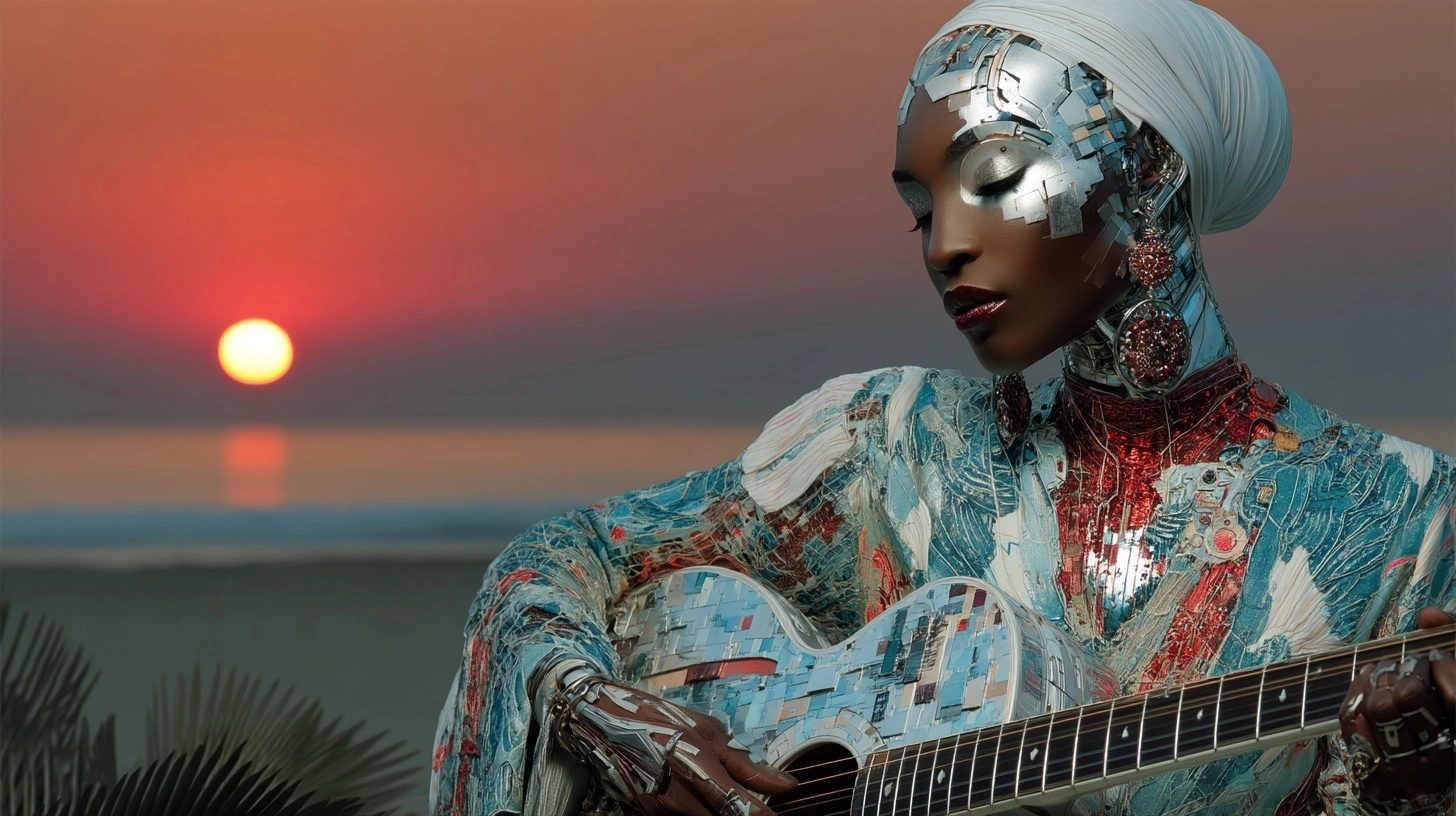
The instrument metaphor doesn't resolve all questions about AI's role in society. Concerns about labor displacement, algorithmic bias, and concentrated power are still pressing. But it does offer a more nuanced framework for thinking about human-AI interaction—one that acknowledges both the potential and the responsibility that comes with powerful technologies.
For individuals, the message is clear: if you want to unlock AI's deeper capabilities, approach it like an instrument. Invest time in practice. Develop your technique. Experiment without predetermined outcomes. Allow yourself to be surprised by what becomes possible. Most importantly, remember that the joy, satisfaction, and creative fulfillment that come from playing an instrument can also emerge from collaborating with AI.
For organizations, the implications are more complex. If AI systems require genuine skill to use effectively, then access to learning opportunities becomes a matter of equity. Training can't be a one-time course or workshop. It needs to be an ongoing process that allows for the kind of deep practice that true mastery requires.
The future belongs not to those who can use AI as a tool, but to those who can play it as an instrument. The question isn't whether AI will replace human creativity, but whether humans will rise to meet the creative possibilities that AI makes available.
In the end, every new instrument expands the vocabulary of human expression. AI, properly understood and skillfully applied, could be the most powerful addition to that vocabulary in generations. But only if we're willing to learn its language—not just its syntax, but its poetry.
The choice is yours: keep banging on the keys, making noise and wondering why the music doesn't come. Or pick up this remarkable instrument and begin the patient, enriching work of learning how to play it.
This post draws from conversations about AI as instrument, including insights from artist Sougwen Chung's TIME interview on AI in creative practice, Matteo Pasquinelli and Vladan Joler's "The Nooscope Manifested," and Advait Sarkar's critique of human-AI collaboration narratives.
Research and editing assistance provided by ChatGPT 40 and Claude Sonnet 4. Images generated with Midjourney v7. Audio narration produced with ElevenLabs.
